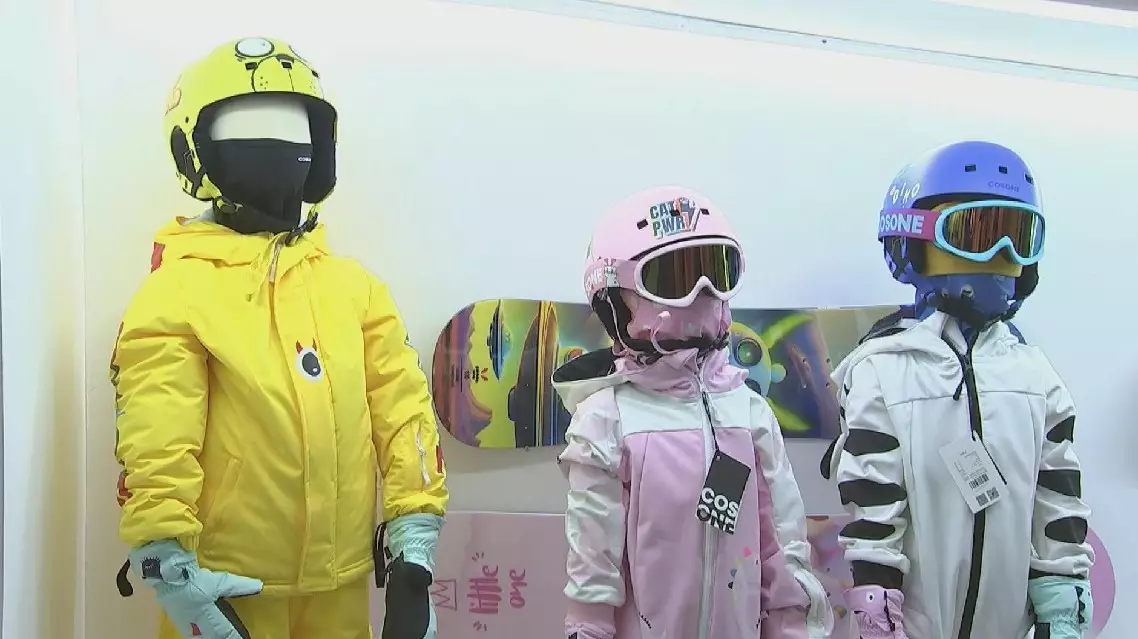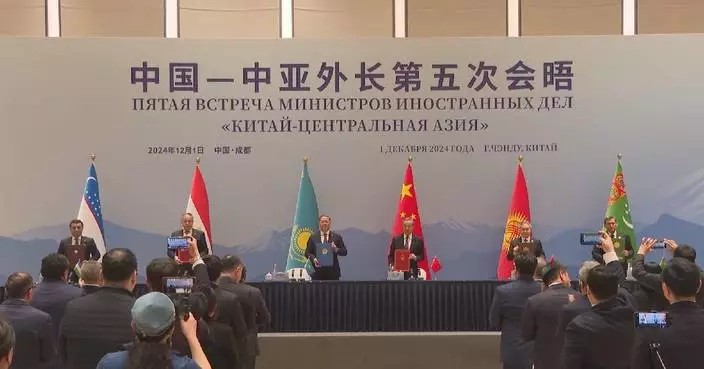China's first commercial demonstration project for nuclear heating "Warm-U-Clear No.1" recently began this winter's supply, according to its operator State Power Investment Corporation (SPIC).
"Warm-U-Clear No.1" adopts zero-carbon heating technology with completely independent intellectual property rights.
Over the five years since it was put into operation, its heating capacity has increased 36 times from 31.5 megawatts to 1,134 megawatts, and the area where it provides heat has expanded nearly 20 times from 700,000 square meters to 13 million square meters. It serves as an important clean heat source for Haiyang County-level City and Rushan County-level City in east China's Shandong Province.
This year, "Warm-U-Clear No.1" is expected to supply 4.6 million gigajoule (GJ) of clean heat throughout the heating season, saving 410,000 tons of raw coal consumption and reducing carbon dioxide emissions by 760,000 tons.
In this year's heating season, Shandong Nuclear Power Company developed a steam turbine valve which can adjust heating, lifting a single unit's heating capacity by about three times. Each unit is capable of providing heat for 30 million square meters of buildings, which can meet the needs of about five county-level cities.
It is expected to provide clean heating for Qingdao City, east China's Shandong Province, in 2026, and its long-term heating capacity will reach 200 million square meters.

East China's nuclear energy heating project begins winter supply
China's ice and snow equipment industry has witnessed a rapid growth, driven by increased demand and innovation.
According to the Ministry of Industry and Information Technology, the number of companies in the sector rose from around 300 in 2015 to approximately 900 in 2023, while sales revenue surged from less than five billion yuan (about 690 million U.S. dollars) in 2015 to about 22 billion yuan in 2023.
"A 15-major-category system of ice and snow equipment has taken shape in China during years of development. This includes equipment from head to toe, equipment for both personal use and venues, and equipment for competitive sports and recreational activities," said She Weizhen, deputy secretary-general of the China Machinery Industry Federation.
As of now, China boasts a number of ice and snow equipment manufacturers, and has fostered clusters for ice and snow facilities and equipment, competitive sports gear, recreational sports equipment, and related clothing in provinces such as Jilin, Heilongjiang, Hebei, Fujian, Shandong, and Guangdong.
China also built the first national new industrialization demonstration base for ice and snow equipment in Zhangjiakou, a city in north China's Hebei. Now, the city has developed the industrial base into the one for research, design, manufacture, and testing.
"The industrial park's output value exceeded 400 million yuan in 2024, with seven new enterprises joining. We are confident in our development into a distinctive high-quality industrial hub for ice and snow equipment, recognized both domestically and internationally," said Bai Jianhai, deputy secretary of the Party Working Committee of the High-tech Zone in Zhangjiakou.
The growing popularity of ice and snow sports has increased demand for related equipment, especially in southern China. In Shenzhen, a city in south China's Guangdong Province, an indoor ski hall is seeing an influx of enthusiasts from early morning.
"Our ski hall is divided into a ski area and a recreation area. We have seen a roughly 50 percent increase in visitors coming to ski on weekends," said He Jie, marketing manager of the ski hall.
The increased demand has driven up the sales of equipment.
"We just opened on Nov 9, and as of now, sales have surpassed one million yuan. It is clear that snow sports enthusiasts in Shenzhen are very enthusiastic," said Ma Rui, a saleswoman at a ski equipment store.
New technologies are also empowering the industry, such as domestically developed VR skiing simulators that recreate real skiing experiences.
"By swaying your body from side to side while wearing a VR headset, you can experience extreme skiing in real-time. Additionally, sales are growing at a rate of 15 percent," said Sun Li, head of a digital machinery company.
China's ice and snow economy has been growing steadily, with the market size projected to exceed one trillion yuan by 2025.
This year has seen a rapid growth of winter sports equipment in China, with the market for ice skates, curling equipment, sleds, and snowmobiles growing swiftly, and lightweight, warm, and high-quality clothing and footwear getting popular among the public.
Significant progress has also been made in developing high-end sports equipment, with new products supporting athletes' performance in competitions.
Despite the promising growth, shortcomings and bottlenecks remain, as China is a new comer, its foundations in this field is still weak and the innovation capabilities are not strong enough.
Insiders called for stronger collaboration among different sectors.
"We need to strengthen cooperation between user departments and industrial sectors by organizing collaborative efforts among production, academia, research, and application. Enhancing cross-industry collaboration is essential, as many bottlenecks in ice and snow equipment arise from issues related to raw materials, chips, and control systems. These challenges cannot be addressed solely by equipment manufacturers; they require collaboration with sectors such as electronics, software, and raw materials to foster cross-industry innovation," said She.
The expert also said that government support, including funding and financial policies, is essential to encourage investment in the market, helping investors to reduce entry barriers and demonstrating the huge potential of the sector.
In next step, the Ministry of Industry and Information Technology aims to enhance the supply of ice and snow equipment, promote the integration of advanced technologies, and introduce policies to stimulate high-quality development and market vitality.
Efforts will also be made to foster specialized and innovative ice and snow equipment enterprises, collaborate with academic and research institutions, and develop culturally rich products to meet diverse needs, and encourage wider participation in ice and snow sports.

China's snow equipment industry sees robust growth










